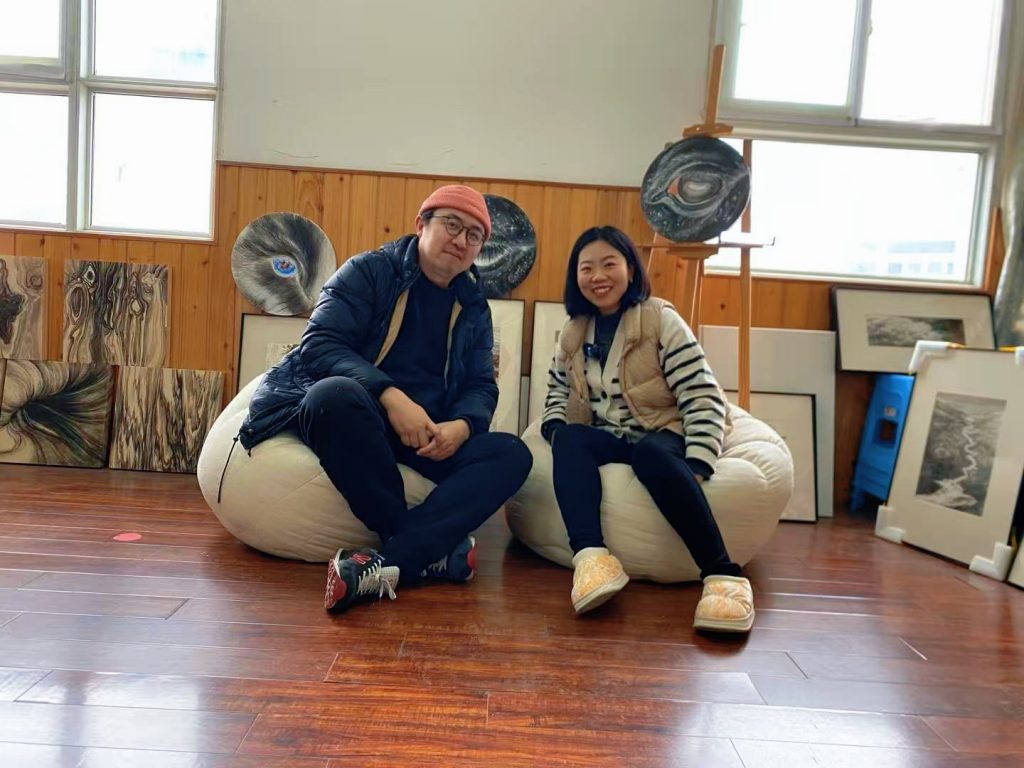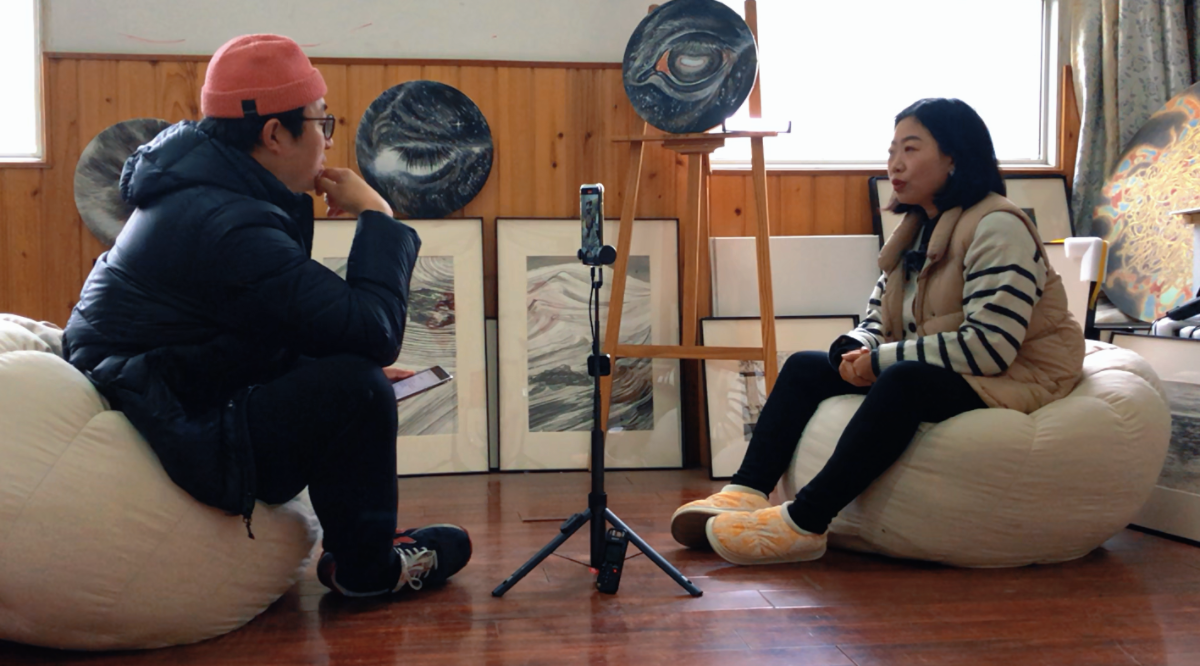Introduction:
At 34, Wan Xianjing resigned from a state-owned enterprise and began using a brush to document the weeds and sewage ditches in the cracks of the city. The transformation story of this young woman from Guizhou has shattered people’s preconceived notions of a “traditional ink artist.” From data analyst to full-time creator, she candidly states, “Beauty is not just in Tibet or Xinjiang; it’s right under your feet while you’re waiting for the traffic light to change.”
1. From Tobacco Data Analyst to Ink Artist
“A state-owned enterprise for ten years—my chosen training ground.”
After graduating with a master’s degree in 2013, Wan Xianjing dove headfirst into a state-owned enterprise in Guizhou. Over ten years, she worked in party affairs, sales, and brand planning. “I wanted to learn how to navigate the real world. An artist cannot live in a vacuum.”
When she resigned in 2023, her boss repeatedly tried to convince her to stay. “Are you sure you want to leave your position?” she was asked. But she remained unusually clear-headed: “I joined the state-owned enterprise back then to gather enough ‘social lessons’—the sense of responsibility to meet deadlines, the habit of efficient creation—things that are difficult to cultivate in the art world.”
2. Painting Weeds Under the Overpass, Holding a “Counter-Healing” Solo Exhibition
“Others say I paint the grasslands of Xinjiang, but it’s actually a sewage ditch.”
At her solo exhibition at Chengdu Kongzhou Art Museum, viewers marveled at her ink paintings. “Is this aerial footage of Inner Mongolia?” they asked. Wan Xianjing smiled and revealed the truth: “I’m actually painting the mud pits under overpasses, the wildflowers growing at the curb, and the urban ditches filled with oil.”
Her “Wild” series is fixated on the vitality found in the creases of the city: “Contemporary people always want to quit their jobs and go far away to find healing, but actually, if you look down at your feet—there are weeds in the cracks, moss at the base of walls—these are the overlooked aesthetics of the East.”
3. Ten Years of “Savage Growth” in the Workplace
“The real grind of the workplace is my creative armor.”
Looking back on her career in the state-owned enterprise, she admits, “I gained more than I suffered”:
- Efficiency Training: Advancing creative work according to a schedule, ensuring quality and quantity, building trust with institutions and collectors.
- Sense of Responsibility: “An artist cannot just paint when inspired and disappear the next day.”
- Facing the Market: Analyzing viral trends on Xiaohongshu (Little Red Book): “Traffic is a measure of resonance, but I will never just chase the data.”
4. Ripping Off the “Female Artist” Label
“Call me an artist, not a ‘female artist.’”
“My paintings have no obvious gender bias—human nature has no gender.” This understanding comes from her experience in the workplace: “I used to feel the need to prove that ‘women can do well.’ Now, I just want to say, ‘I can do well.’”
5. Five-Year Plan: Bringing Ink Art to International Exhibitions
“The more ink painting is belittled, the more it proves that there are treasures yet to be uncovered.”
- Creative Goal: To merge Eastern lines with Ukiyo-e techniques, exploring “non-landscape nature.”
- Market Strategy: Refusing to imitate popular styles, “The wild grass I paint next to a sewage ditch is my secret to gaining traffic.”
- Ultimate Ambition: By staying at international art institutions, she aims to break ink art out of the “classical nostalgia” framework.

